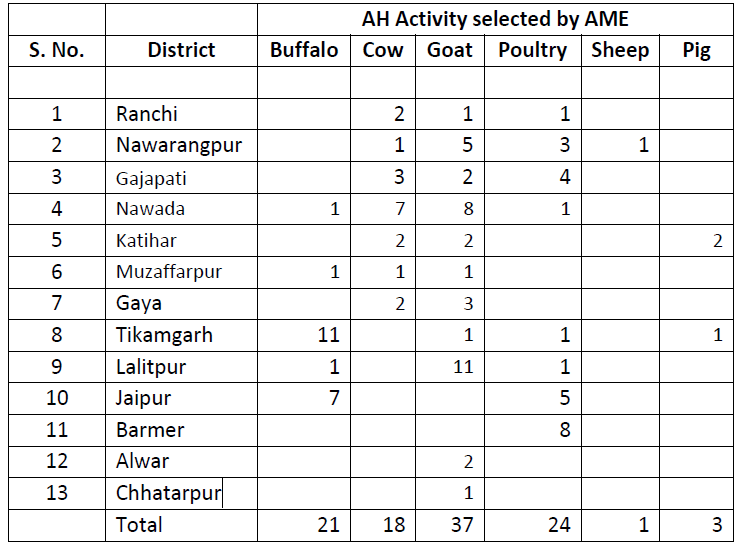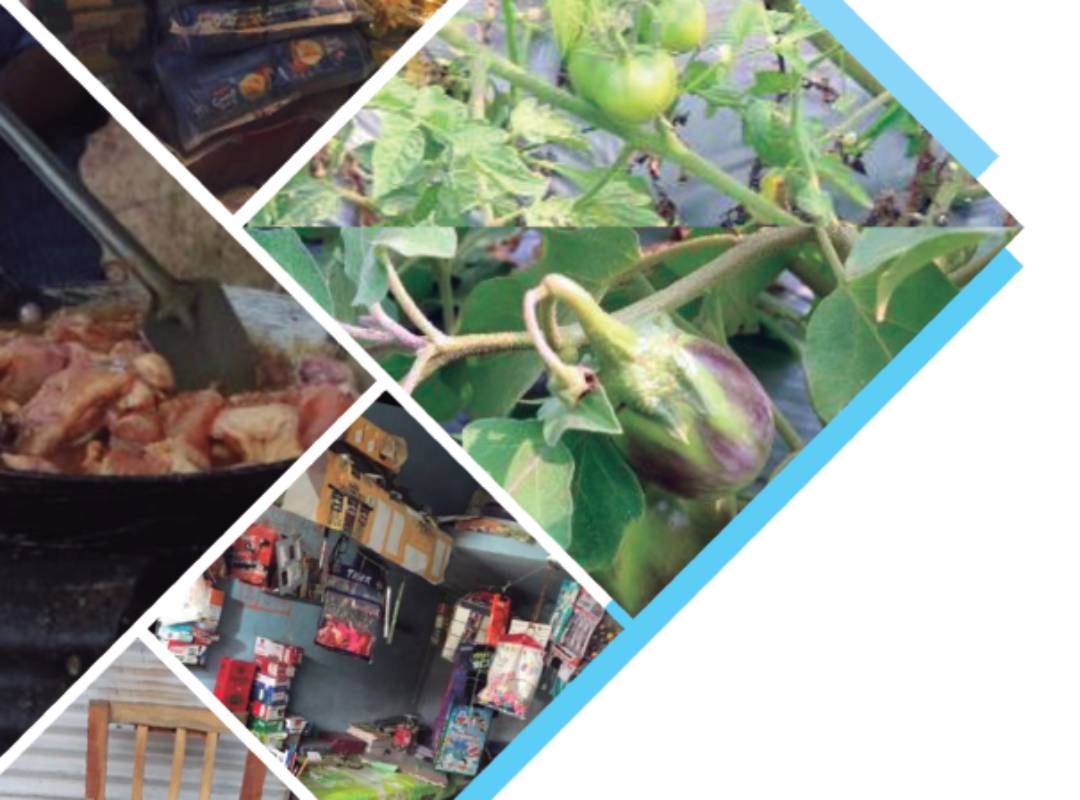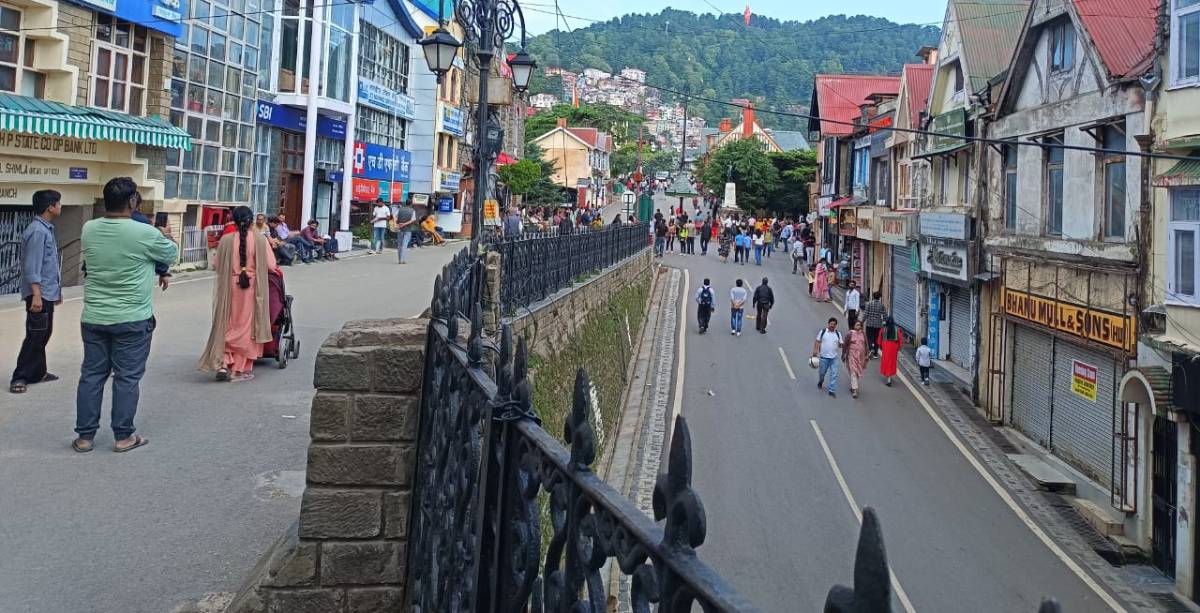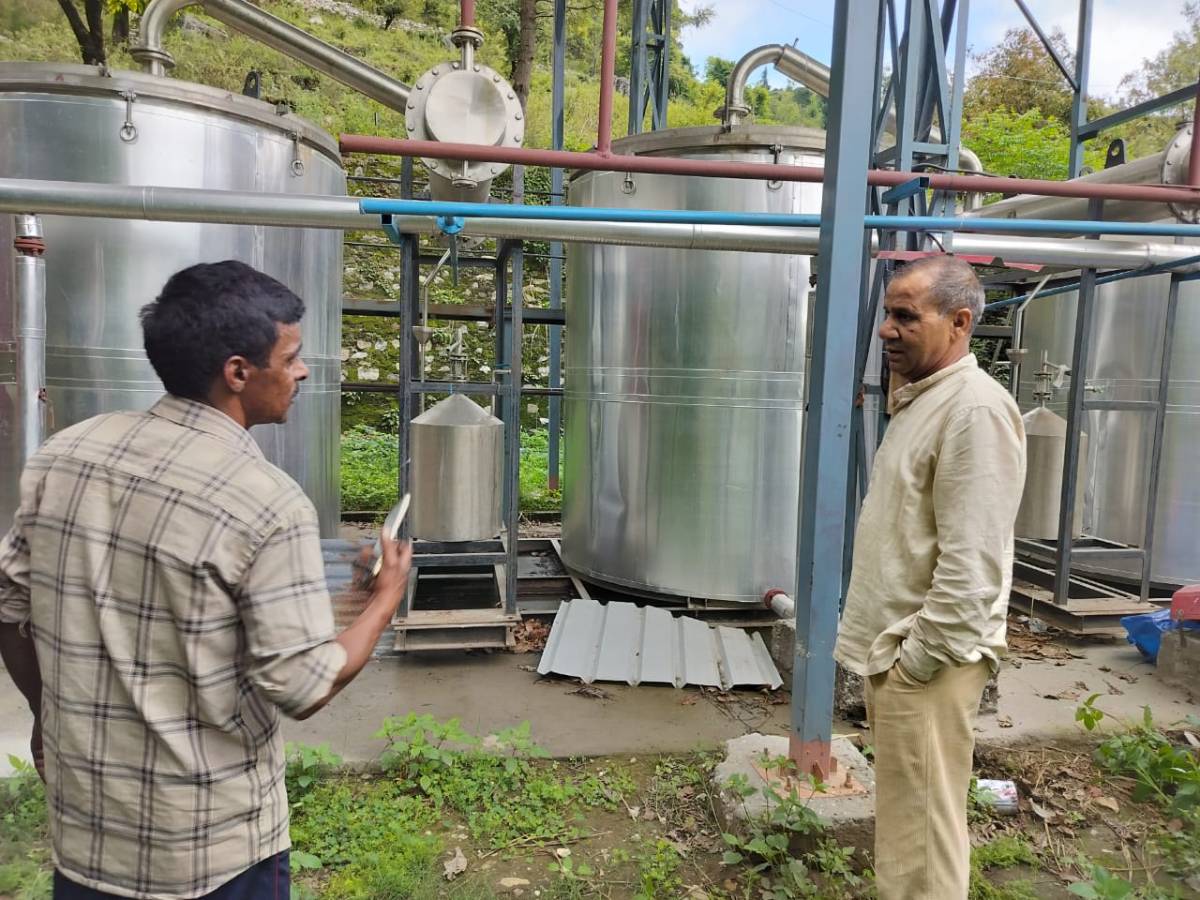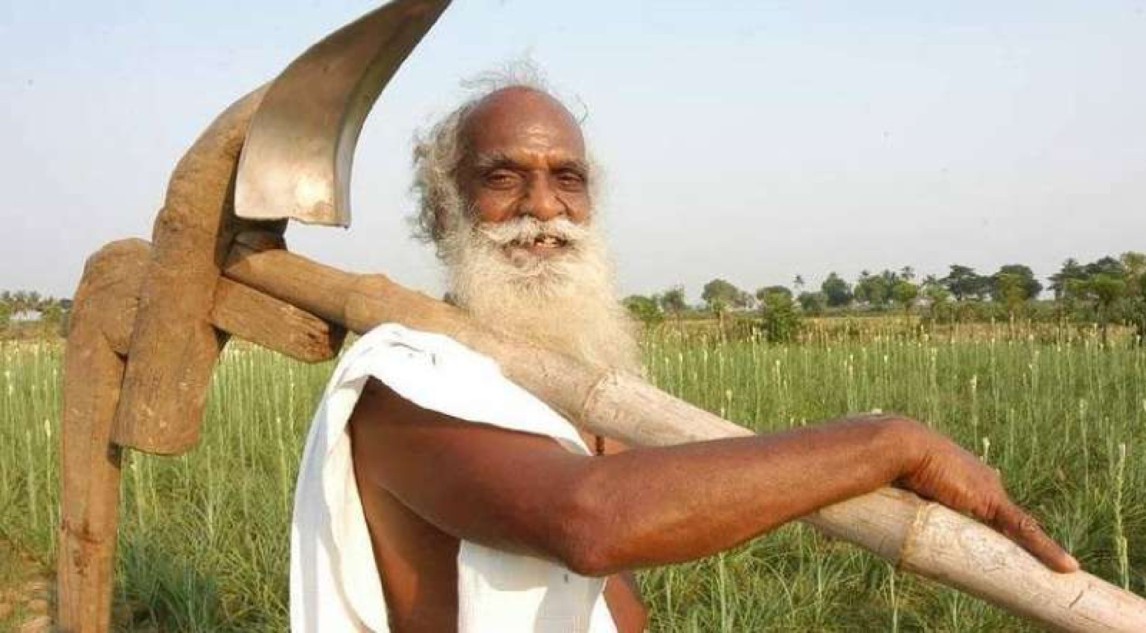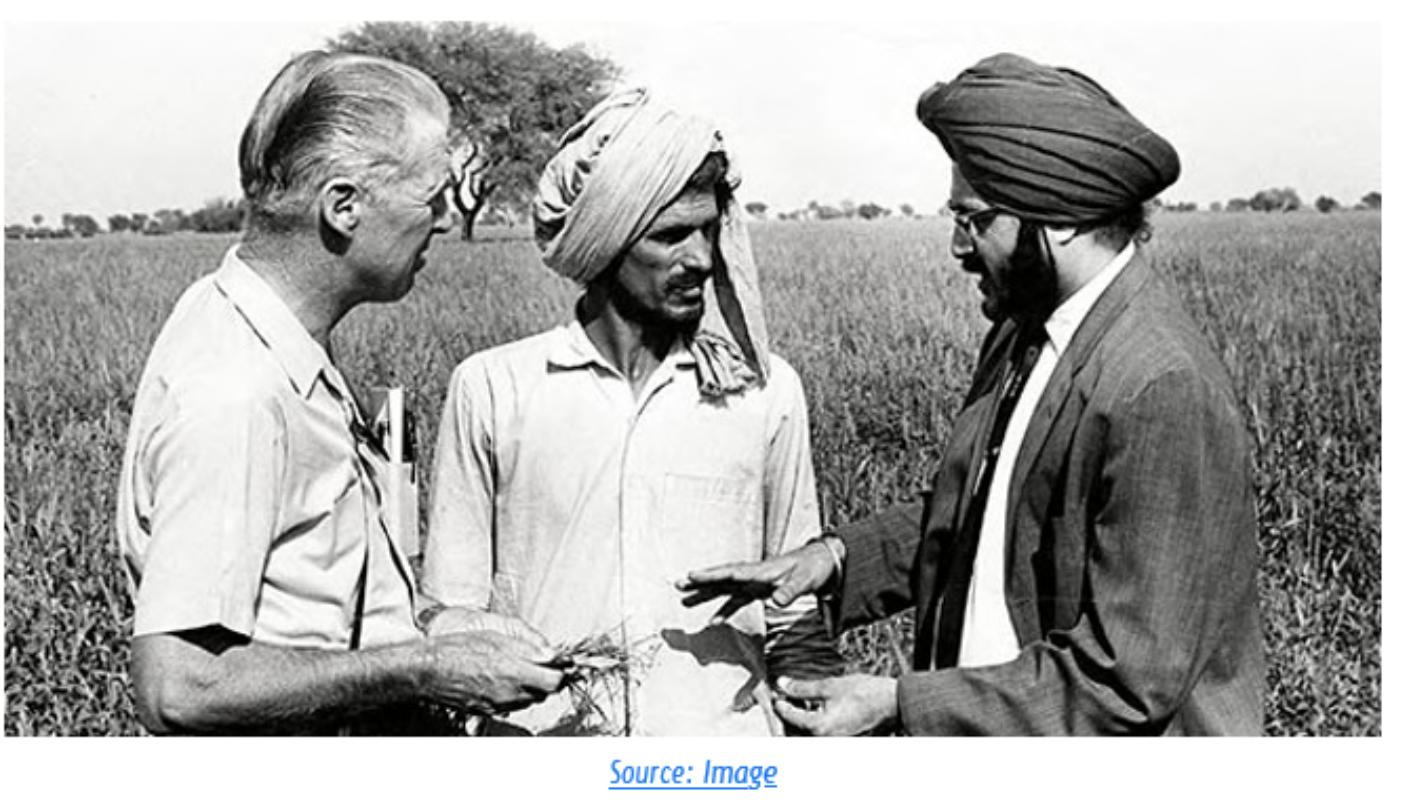Introduction
India is currently in the grip of an unabated pandemic, with the second-highest number of coronavirus infections worldwide. The economy contracted by as much as 23.9% on annualized basis in the April-June quarter, and a further 7.5% in the second quarter. There is hope that the next quarter will witness a tentative recovery, as hundreds of thousands of migrant workers who returned to their villages after losing jobs during the lockdown slowly return to cities as more workplaces open up.
During the April-Jun period, the Rajiv Gandhi Foundation had carried out relief activities, mainly food distribution, though about 25 NGO partners, in the destination districts and metros where rural migrant workers, mostly from Hindi speaking states were working. A large number of the migrants returned to their home districts by June. Surveys conducted at that that time in the source/ home districts of migrant workers indicated that they could not get any employment back home. The scenario for the resident (who did not migrate) rural inhabitants was no better. Against this background, it was felt that there is need to initiate specific innovative interventions which was enable revival of livelihoods.
Accordingly, the RGF conceived a project titled ‘Rajeev Aajeevika Samvardhan Abhiyan (RASA)’, which was support the potential entrepreneurs from farm sector as well as non-farm sector to become an Aatmnirbhar through capacity building and handholding support. RASA endeavours to stimulate the emergence of about 600 Aspiring Micro-Entrepreneurs (AMEs) across seven states and 22 districts of the country. It was llaunched on the occasion of late Rajiv Gandhi’s birth anniversary, i.e. 20th August 2020, the formal launch of RASA took place.
At the end of the project, about 25 AMEs per district in 22 districts or total 550) would have: a. Been stimulated to establish/enhance their own micro-enterprises b. Stabilise the enterprise for a period of six months or so from the time the AME earned first revenue.
Operating Structure
Design, Guidance and Support Structure
A central team of RGF/RGICS at Delhi provided overall design and guidance. The overall design of the program was conceived by Mr Vijay Mahajan, the CEO of RGF. The program execution was led by Dr Rakesh Malhotra, with the support of Mr Uzair Khan and Ms Narayani Gupta. The RGF engaged two national level experts – Dr Deepankar Roy and Smt Rita Sengupta for the training of the RGF staff, the NGO Mentors and the Aspiring Micro Entrepreneurs (AMEs).
The RGF/RGICS staff associated with the RASA in the state level were called as ‘RGF Facilitator’. The nodal point of the Project were Resource Agency (RA) working at the district level, and the dedicated staff member from the RA for RASA was called ‘Mentor’ .
NGO partners at the districts
The implementation of this unique livelihood revival program was require vibrant partners at the ground level. Hence, there was a need of competent resource agencies to execute the Project in a professional manner. In this connection, scanning of the possible NGO partners was undertaken in the target districts in seven states of the country. After due diligence, it was felt that Project could be implemented in 22 districts where NGOs with required competencies and were already working on the issue of livelihoods. Care was also taken to see that these potential NGOs did have competent professionals to be spared for RASA. The NGO partners who were selected as ‘Resource Agency’ in the Project is detailed below:
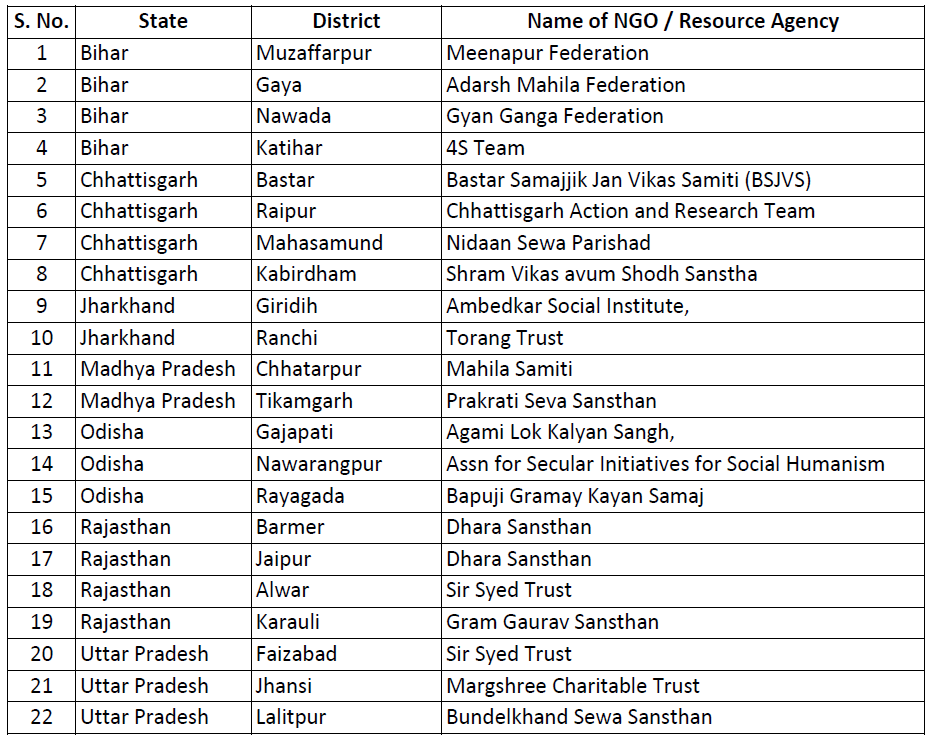
Due to agroclimatic and linguistic reasons, it was further decided to divide the 22 districts into five regions: Bihar, Chhattisgarh-Jharkhand, Odisha, Rajasthan and Bundelkhand.
Meetings and Workshops conducted
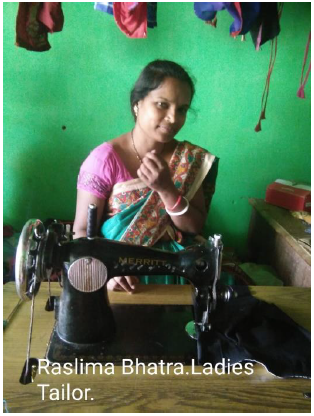
It has been a hallmark of the Project that regular and sustained guidance is provided by the Coordination Cell at New Delhi to all the concerned. This was primarily done though Zoom Sessions, individual support to Mentors, data compilation and analysis. Within the span of four months number of meets and trainings have been conducted.

Capacity Building of Mentors for selection of AMEs
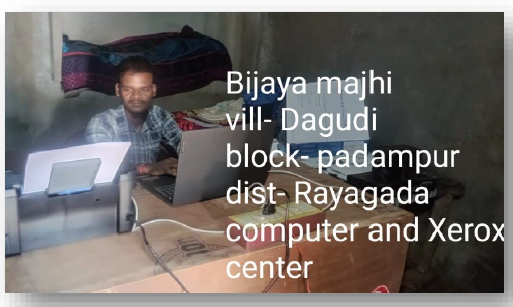
It was extremely critical that the NGO Mentor who was going to work for RASA should be adequately equipped with requisite skills and techniques. Evidently, his / her role was to not only identify prospective AME, but also regularly guide, teach and mentor them to ensure that the AME come up with sustainable enterprises. Thus, an appropriate capacity building strategy was designed to make the Mentor an effective pivot on which the entire execution and success of the Project was depend.
After having identified the Mentors, a training need assessment (TNA) was undertaken. This helped to identify the specific inputs which Mentors needed to have in the field for the success of the Project. It was found that the Mentors needed requisite inputs on – behavioral attributes, business acumen, technical know-how, managing excel data sheets, use Google sheets and documents, etc. In order to address the issues as identified above, the following trainings were imparted:
- Induction to the RASA Project
- Data Compilation and reporting using Google sheets
- Writing of Success stories
- Selection of 125 AMEs in each district as the long-list
- Short-listing of 25 AMEs in each district
- Achievement Motivation Training
- Functional Training –market surveys, technical skills, accounting.
Process for selection of AMEs
The experience of entrepreneurship promotion indicates that only one in five aspiring entrepreneurs prove to be successful. The Project contemplated that in each of the 22 districts about 25 AME in each district were to be promoted and sustained over the life cycle of the Project. Hence, there was a need to identify at least 125 prospective AME in each district. These prospective candidates needed to be put through a systematic evaluation so that at the end of the identification exercise, 25 competent AME could be culled out. In order to achieve the same, the Mentors were given exhaustive trainings in two phases:
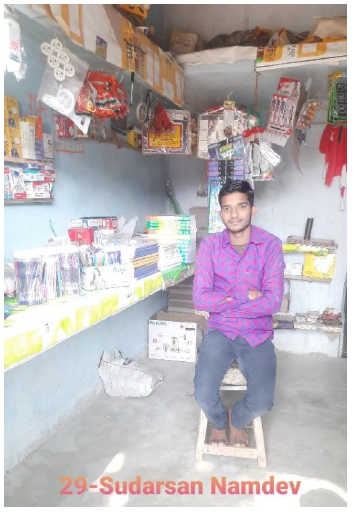
Identification and Selection of Potential Micro Entrepreneurs
The Mentors were imbibed with the skills to evaluate the potential 125 candidates through two steps:
Step 1: Every Mentor in a one to one interaction with each of the prospective 125 AME in each district was trained to ask two open ended questions. The answers to the same were to be listened carefully and not required to be formally recorded. The two questions posed to prospective AME were:
Q.1. Tell me something about how you see yourself six months from now?
Q.2. What do you plan to do to move in that direction?
Step 2: During the verbal interaction while asking the above two questions, the Mentors also were required to map certain latent entrepreneurship traits in the prospective candidates. The parameters to be mapped were:
- Likes to take personal responsibility
- Tends to be innovative
- Likes to take moderate risks
- Is oriented to the future
- Wants to know the results of her/his efforts
- Is not completely content
- Tends to persist in the face of adversity
- Demonstrates social skill
The Mentors were trained to select prospective candidates to be a successful entrepreneur, if he / she should have shown at least five of the eight parameters as defined above.
Shortlisting of Potential Micro-Entrepreneurs
After having collected the data for 125 prospective candidates, the Mentors were given the option to select 25 AME based upon the – score achieved (in the Step 2 of Phase I), the physical location, age, ease of commutation and approach, and the opinion of the Mentor.
| A comprehensive training on identification of characteristics of people with High Achievement Need (high n Ach) was also imparted. This was given to the Mentors with the idea that they should be able to evaluate the achievement need assessment in any AME and guide them accordingly. The characteristic of the person with high achievement need are:
1. A person with high n Ach likes to take personal responsibility. 2. A person with high n Ach likes to take moderate risks. 3. A person with high n Ach wants to know the results of his efforts. 4. A high n Ach person tends to persist in the face of adversity. 5. A high n Ach person tends to be innovative. 6. The high n Ach person usually demonstrates some interpersonal competence 7. A high n Ach motivated individual is oriented towards the future 8. A high n Ach individual may be said to live more ‘in process’ than those with low achievement motivation 9. A person with high n Ach tends to be mobile 10. A person with high n Ach is not completely content |
Planning of the Entrepreneurship Activity by AME
It was seen that the AME, who were finally selected in each of the districts were in different stages of preparedness to initiate their enterprise. In order to properly identify the level of preparedness, categorization of 25 AME into four categories was taken up. The basic criteria on which categorization was undertaken was:
- The kind of micro-enterprise you’re envisaging to set up/ strengthen (what does s/he plan to do?) (Any two preferences)
- When does s/he intend to start?
- Where does s/he intend to establish/reinforce her/his enterprise?
- Where will s/he raise the money from?
- Why does s/he wish to undertake this venture?
Some of the interesting findings for this data are reflected in tables below
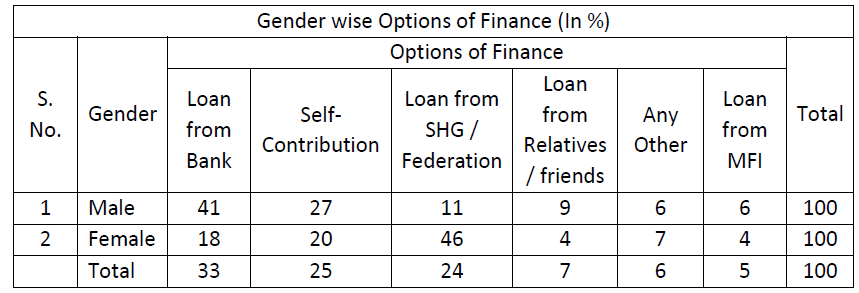
Preferred Activities of AME
While recording of the database for the selected 25 AME from 22 districts, it was observed that there were more than 30 activities selected by AME from which they wanted to earn their livelihoods. The 11 most preferred activities are presented in the table given below:

Categorization by AME preparedness
After having meticulously identified the AME and also having understood the preference of the business activity which AME intend to take up. The preparedness of AME was required to be measured so that requisite guidance/handholding could be given to them to go ahead with launch of their business. In order to judiciously assess the level of preparedness of AME, four yardsticks were deployed. Which were:
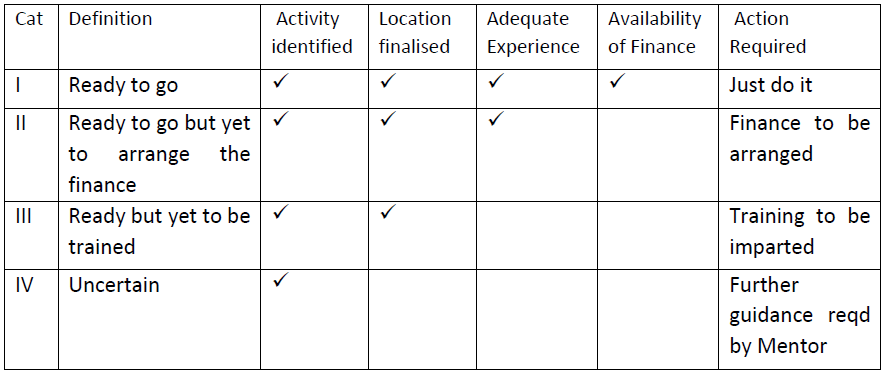
With reference to the movement of AME within the different categories, attempt was made to collect the data for each district. Based upon the inputs received, the latest picture (as on 26th November, 2020) vis-a-vis 6th November, 2020 is given in the table below. It is further seen that:
- The total number of AME under RASA is 648.
- The overall picture seems to be quite encouraging in the sense that, the proportion of AME in Category-I was 47% as on 26th November, 2020.
- There is decline in the proportion of Category -II and III AME over the two dates under comparison.
- The proportion of Category-IV AME remains the same over the time series data of two dates. Again a good sign for the project, at this initial juncture.
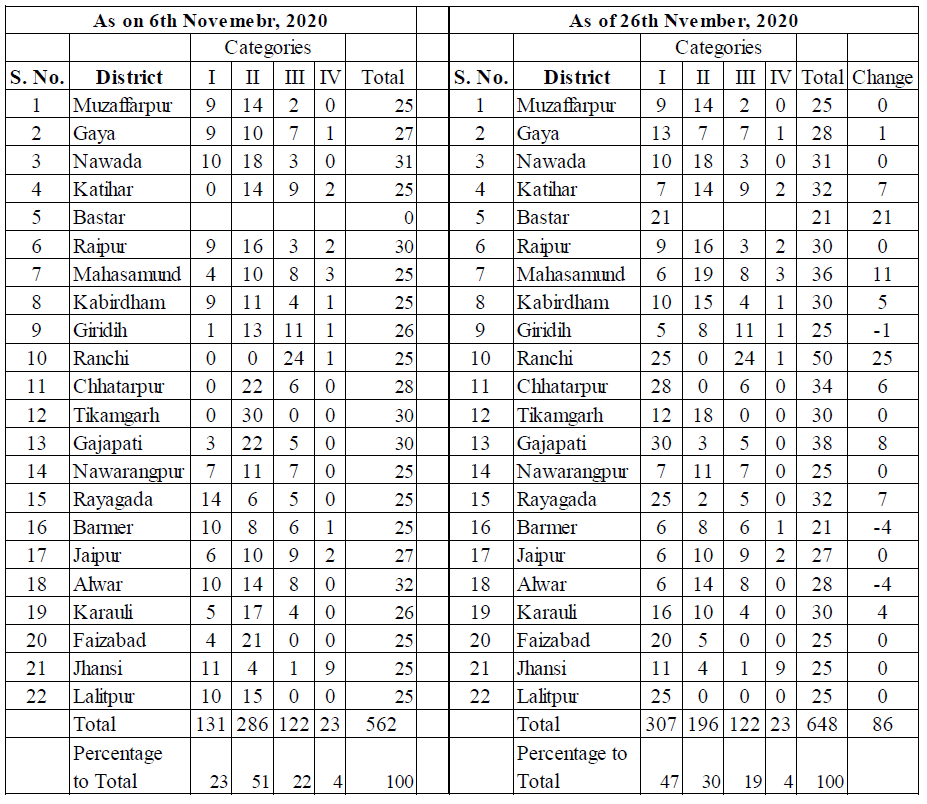
Handholding of AMEs after start-up
In order to enable AME to succeed, continuous handholding is planned in the Project. In the immediate future, following interventions proposed to be taken up:
Capacity Building in
Accounting An agency has been retained by RGF to impart the training on keeping books of accounts. ‘MeraBill’ is an extremely useful application on this account which very effectively and conveniently enables the user to keep systematic record of all accounting needs required for any business. ‘MeraBill’ app is quite relevant to the target group of the RASA Project, where AME are engaged in very small business, like- kirana shop, fruits and vegetable trading, tailoring shop, stationary shop, computer café, buffalo rearing, etc.
It is intended to cover all the 550 AME under the Project in a gradual manner. The first batch of training is planned to commence from December 2020.
Capacity Building of AME on Animal Husbandry
It is seen that about 104 AME intend to take up livelihood activities in various Animal Husbandry. The district wise data is depicted below:
